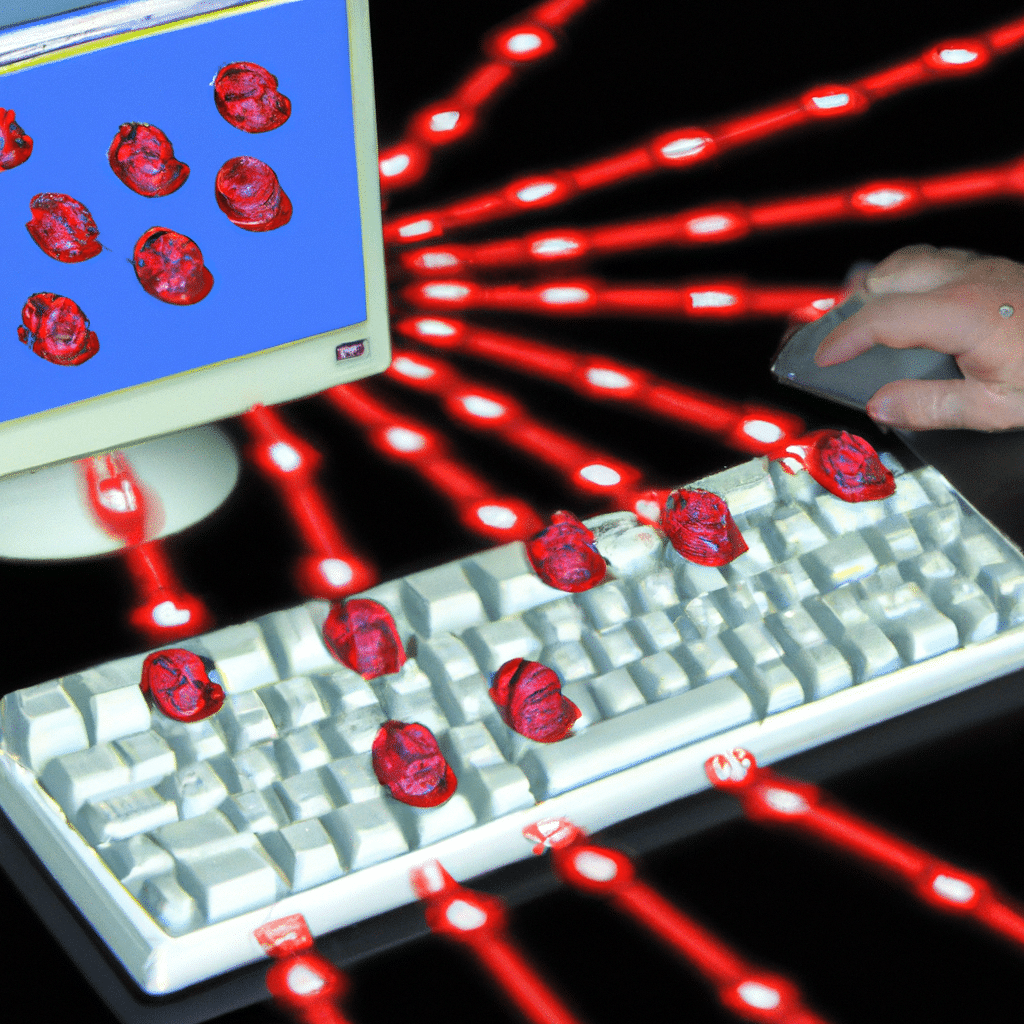The Truth About Botnets and How to Protect Your Computer From Being Part of One
Botnets are one of the most significant threats to computer security. They are a network of infected computers that are controlled by a hacker, who can use them to carry out a variety of malicious activities, including stealing personal data, launching DDoS attacks, and distributing malware. In this article, we will discuss the truth about botnets and how to protect your computer from being part of one.

What is a Botnet?
A botnet is a network of infected computers that are controlled by a hacker. The infected computers are called “bots,” and the hacker who controls them is called the “botmaster.” The botmaster can use the bots to carry out a variety of malicious activities, including stealing personal data, launching DDoS attacks, and distributing malware.
Botnets are typically created by infecting a large number of computers with malware. The malware can be distributed through a variety of methods, including phishing emails, malicious websites, and social engineering attacks. Once the malware is installed on a computer, it will connect to the botnet and become a bot.
How Does a Botnet Work?
A botnet is controlled by a central server, which is operated by the botmaster. The botmaster can send commands to the bots through the central server, and the bots will carry out those commands. The commands can include anything from downloading and installing malware to launching DDoS attacks.
Botnets are often used for criminal activities, such as stealing personal data or launching attacks on websites. They can also be used for political purposes, such as launching attacks on government websites.
How to Tell If Your Computer Is Part of a Botnet
If your computer is part of a botnet, you may notice some unusual behavior. Your computer may be slower than usual, and you may notice that it is using more bandwidth than usual. You may also notice that your computer is doing things that you did not tell it to do, such as sending out spam emails or participating in DDoS attacks.
If you suspect that your computer is part of a botnet, there are several things that you can do. First, you should disconnect your computer from the internet. This will prevent the botmaster from controlling your computer. You should then run a virus scan to detect and remove any malware that may be present on your computer.
How to Protect Your Computer From Botnets
The best way to protect your computer from botnets is to take preventative measures. Here are some tips:
Keep Your Software Up to Date
Keeping your software up to date is one of the most important things that you can do to protect your computer from botnets. Software updates often include security patches that can prevent hackers from exploiting vulnerabilities in your computer.
Use Antivirus Software
Antivirus software can help detect and remove malware from your computer. Make sure that you have antivirus software installed on your computer and that it is up to date.
Be Careful What You Click
Botnets are often spread through phishing emails and malicious websites. Be careful what you click on and only download software from trusted sources.
Use a Firewall
A firewall can help prevent unauthorized access to your computer. Make sure that you have a firewall installed on your computer and that it is configured correctly.
Use Strong Passwords
Using strong passwords can help prevent hackers from accessing your computer. Make sure that your passwords are at least 12 characters long and use a combination of letters, numbers, and symbols.
Conclusion
Botnets are a serious threat to computer security. They are used by hackers to carry out a variety of malicious activities, including stealing personal data, launching DDoS attacks, and distributing malware. To protect your computer from botnets, you should keep your software up to date, use antivirus software, be careful what you click on, use a firewall, and use strong passwords. By following these tips, you can help keep your computer and personal data safe from botnets.












